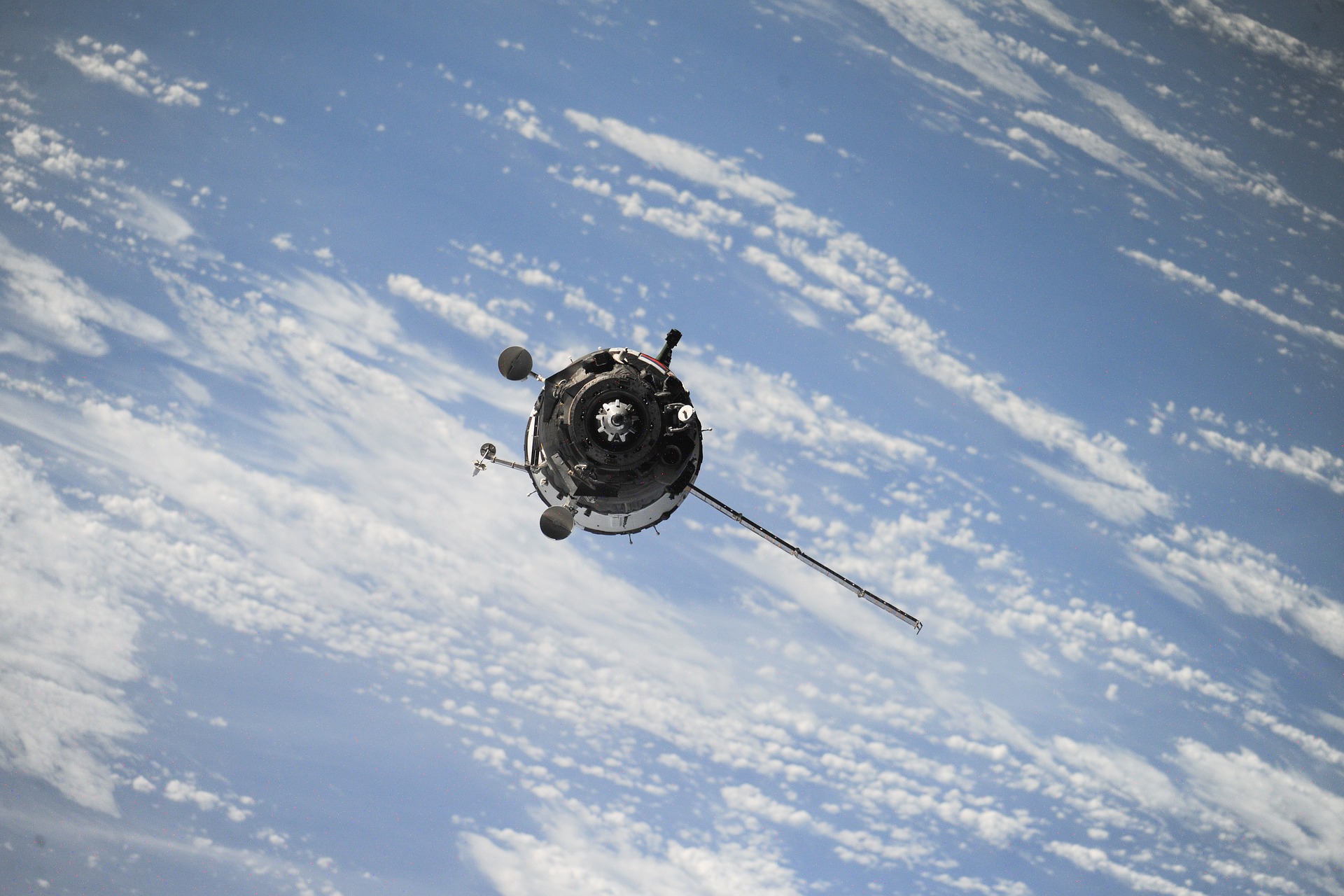Parachute Reporting:
The practice of journalists going to places to report on people or topics that they have little previous knowledge or experience with.
Satellite Reporting:
The practice of a newsroom monitoring news from a variety of external sources and then using one or more of those stories (usually from newsrooms more local to the story) as the basis of their own story with little or no additional reporting and varying levels of attribution or follow up.
We’re in one of those reflective phases that usually manifests after a significant event. In the past month, we’ve had a lot of conversations about what changes are on the horizon for journalism. The discussion on the need for local journalism is a big and necessary part. However we’re doing local journalism a disservice by not going farther than just saying it matters.
Our conversations about the importance of local journalism cannot just be confirming local journalism is in fact valuable and that we need more if it. We need to talk about how we use local journalism.
I recognize this idea of satellite reporting isn’t new, it’s a practice with a long history. But it’s exacerbated by online publishing and has evolved into a practice that’s detrimental to news and the goals of fairness and accuracy.
It is a contributing factor to the very real problem with stories that are later debunked or corrected spreading far away from where corrections can catch up.
The practice of satellite reporting makes us hypocrites. We cannot be frustrated with audiences for not respecting our work when we’re doing a bad job of respecting each other’s work.
Why does this require special attention?
![By NASA [Public domain], via Wikimedia Commons](https://i2.wp.com/mediashift.org/wp-content/uploads/2016/12/GPS_Satellite_NASA_art-iif.jpeg?resize=1006%2C806)
By NASA [Public domain], via Wikimedia Commons
- It has become really common.
- This is beyond the normal and reasonable practice of reporting on a story and including relevant context from another news story with links and accurate sourcing. It’s not the same as using wire content where a newsroom has opted to distribute their work in such a way and are receiving tangible benefits from doing so.
- It’s not uncommon to find news posted that is entirely based on only one story from another source.
- It’s too easy to create a situation where the base story is taken out of context, the new distorted story blows up and then a cycle of stories based on the distorted story spread quickly.
- Without adequate research or understanding, a reporter in a newsroom far from the original story can easily misunderstand context or the regional nuance of the original story.
- It’s incredibly frustrating to local reporters to see their work used in this way when many would be happy to partner and share their work, do a phone call to add context, participate in a two-way or pitch a custom version of the story as a freelancer (depending on their situation).
- It’s an imbalanced practice by its very nature. Only newsrooms with the resources to actively monitor the greater publishing ecosystem can do this regularly. This means larger newsrooms benefit from the work of local newsrooms and local newsrooms lose credit, traffic and attention.
- Accurate attribution is frequently a problem.
- Stories picked up in this manner only make it to a bigger audience once a larger newsroom has deigned them worthy regardless of the judgment of the original reporter. It’s incredibly difficult, if not outright impossible, for a reporter from a smaller newsroom to get the attention of someone at a larger newsroom unless they are connected.
- This kind of reporting easily bleeds into what John Aronno, co-founder and managing editor of Alaska Commons, calls Dominance Reporting, which is when “a newsroom neglects to afford a different newsroom attribution because they don’t want to cede any clicks.”
Our work is about fairness and accuracy and this practice contributes little to either of those goals.
Massive workloads that result in poor attribution or not doing the reporting work necessary to understand context causes inaccurate stories to spread, confuse our audiences and erode their trust.
It’s fair to neither our audience, the subject matter, or the original reporter to use their material in a manner inconsistent with ethical journalism and professional courtesy.
It matters to distinguish these kinds of stories from business as usual.
Trust in national media can be nurtured by trust in local media. If we support and foster local journalism and use it ethically and accurately, then not only do we create a more informed audience, we can rebuild the trust of our audiences.
If I’m an average person in the audience and I can see quality local stories being sent out to the world and accurately depicting my reality I am more likely to trust the news. I would feel more confident in the system because it’s being conducted by people have a better understanding of my perspective and my community’s perspective. I can trust that they won’t forget me or misunderstand me or exploit me the way someone I don’t know or don’t trust might do either on purpose or by accident.
The question of how important is local journalism is easy. It’s very important.
Now let’s talk about what we do with it.
Journalism needs partnerships, not pipelines.
Heather Bryant is currently a JSK Fellow at Stanford working to help newsrooms build effective and meaningful editorial collaborations and partnerships.


Some valid points, but the writer seems to lack an understanding of the mechanics involved – from content acquisition to story distribution. No mention of network feed services is a glaring omission.